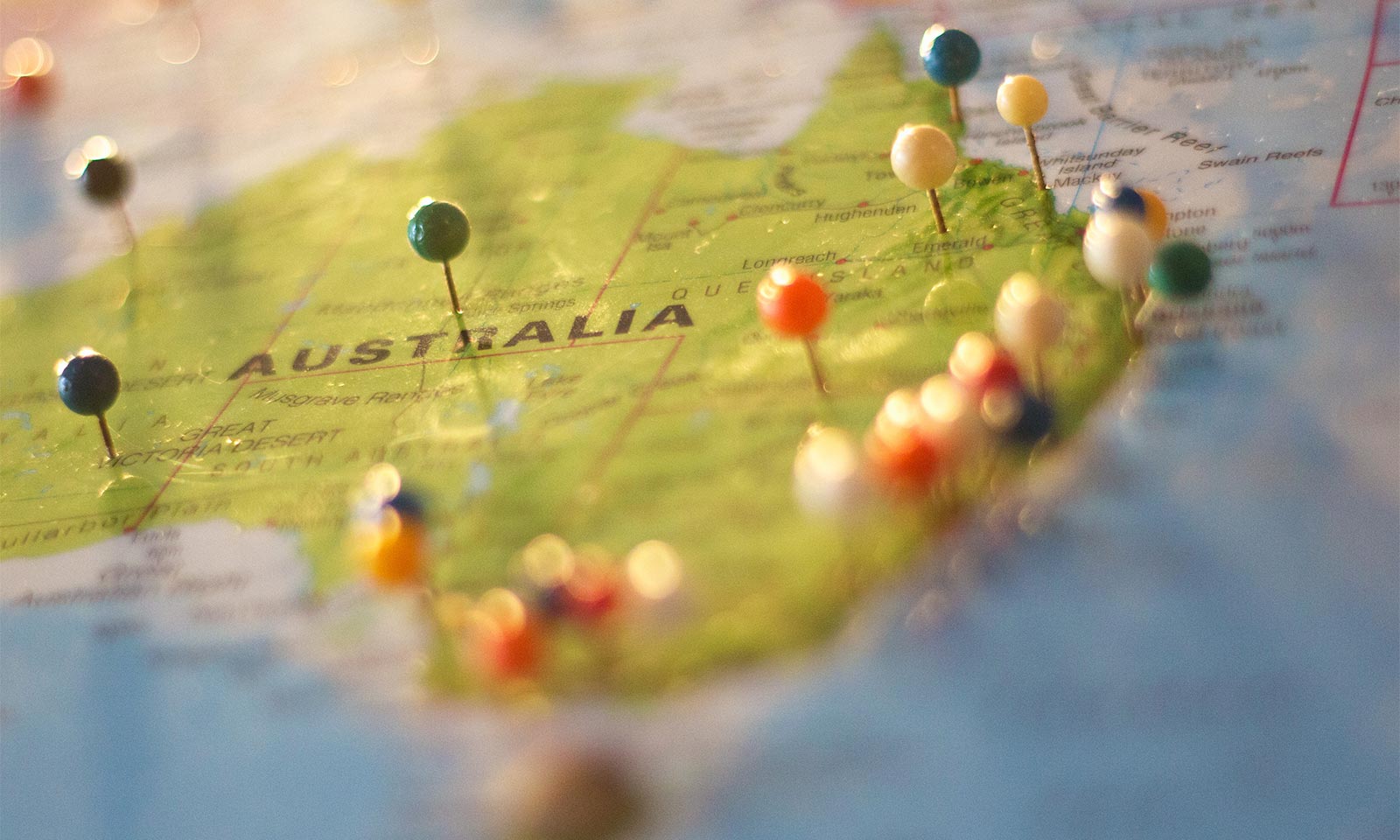How likely are you to break your smartphone? According to a new survey from OtterBox, if you live in the Northern Territory, the odds are higher, and that’s not all…
Our spot on the planet is a little more edgy, rocky, sandy, and surfy than so many others. While our island continent is huge — and almost as big as the continental United States — our population is not, our 24-odd million fitting neatly into Los Angeles, especially in comparison to the 300-odd million of America.
Despite these differences, Australians get around, exploring every nook, cranny, and section of Australia, and really making this massive rock of an island our good and proper home.
And it has it all: it has bush and desert and rocks and snow and beaches; it has it all and we go everywhere, but that doesn’t mean our phones survive every place we take them to.
Most mobiles will not survive an impact with the ground, breaking on the asphalt of everyday life or against the rocks of the outside world. They’re not always designed to survive in the ocean surrounding the country, and even if they’re waterproof, the salt may erode and break down the electronics, losing your memories in the process.
According to a new survey from case-maker OtterBox, this isn’t a rare phenomenon either, with the company discovering just how many Australians are affected by unwanted and surprising accidents, which in turn affects the precious memories we store on the devices.
Surveying 1000 people aged 18 to 35 across Australia, OtterBox discovered that people from the Northern Territory were more likely to damage their smartphone, followed by Queenslanders and Tasmanians.
Breaking and damaging a phone happens across the country, though, and that’s not hard to see, either: glance at people on the bus or train, or just walking around town and you’ll see a cracked phone screen being used by loads of people. Too many, even, with OtterBox reporting one in three have dropped or damaged their phone, leading to a loss of images.
This issue of losing images is becoming ever more important, especially as the phone takes over from the camera as our main way of documenting everything, from friends to food to family and more.
Strangely, OtterBox’s survey points out that backing up images is apparently a rare occurrence locally, with only 57 percent of those surveys backing up less than twice a year, or being aware of it. Owners of Apple’s iPhone may be backing up without realising it, though when storage runs out in the iCloud, not upgrading to a larger-than-5GB amount may be limiting them. Comparatively, Android owners may be backing up their photos using Google Photos, but again the cost of 4G could be limiting this, too.
And that leads to problems, because with a third of individuals storing over a thousand photos on their phone, there is now a greater chance that these could disappear if a phone is dropped hard, risking not just the screen, but also what’s inside, causing potentially irreparable damage.
“Smartphones have become lifelines both personally and for business and it pays to have the best protection for whatever life throws at you,” said Rob Kovacs, Vice President of Business Development at OtterBox.
“We know that most smartphone damage occurs in the first 12 months and if you’re not taking the time protect your phone, you can lose it all in an instant.”
It’s not hard to see what Kovacs is suggesting in this research, or even why to was commissioned, as protection can make a difference.
That said, backing up is vital, too, and so if you have a phone and aren’t backing up to a hard data source like a computer, consider using the cloud, with something like Dropbox or Google Photos storing your images for you, because even if you do have a case protecting things, some times phones can just die anyway, leaving you in much the same position.






